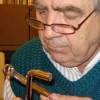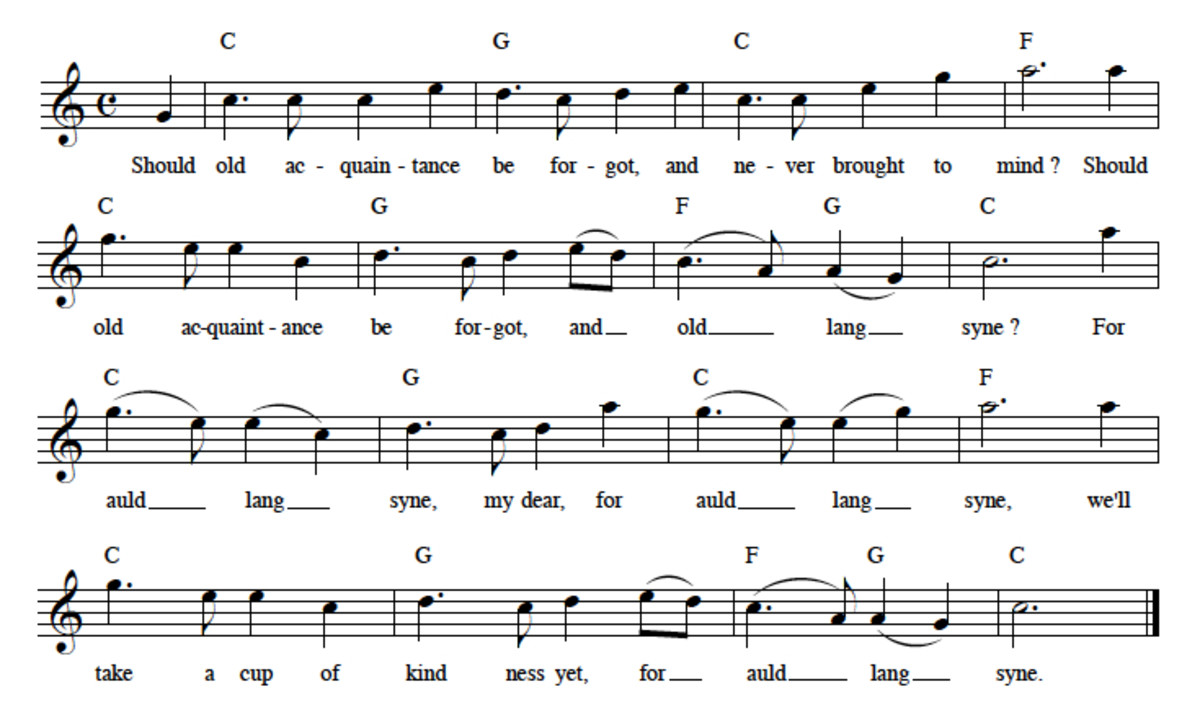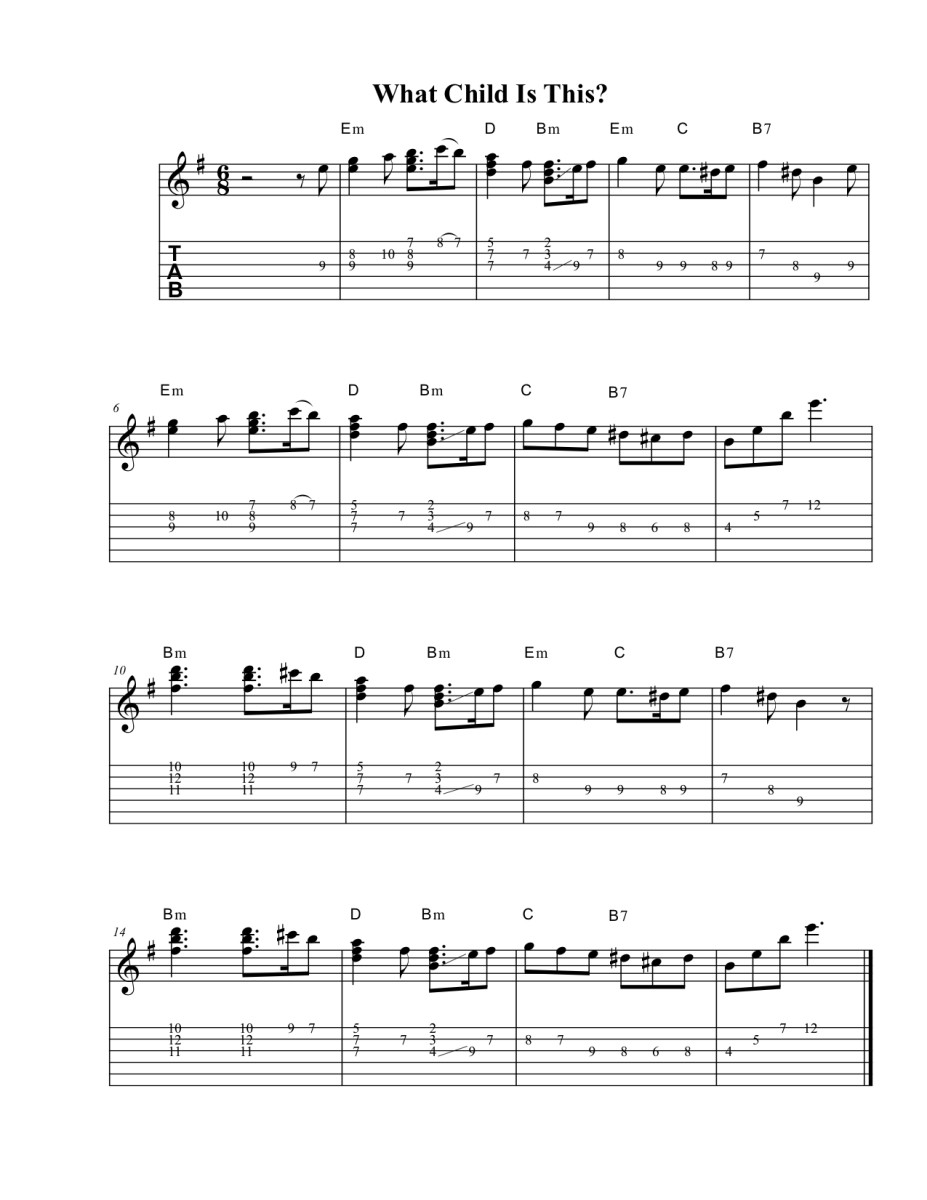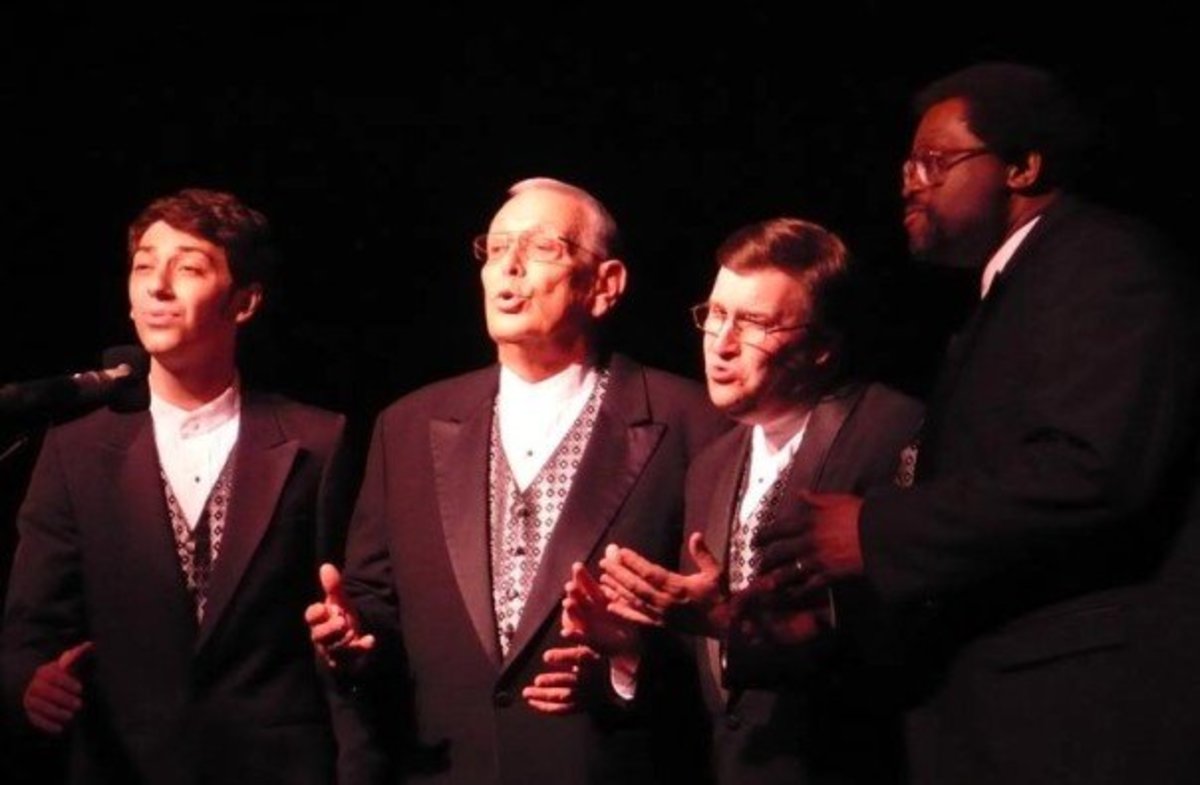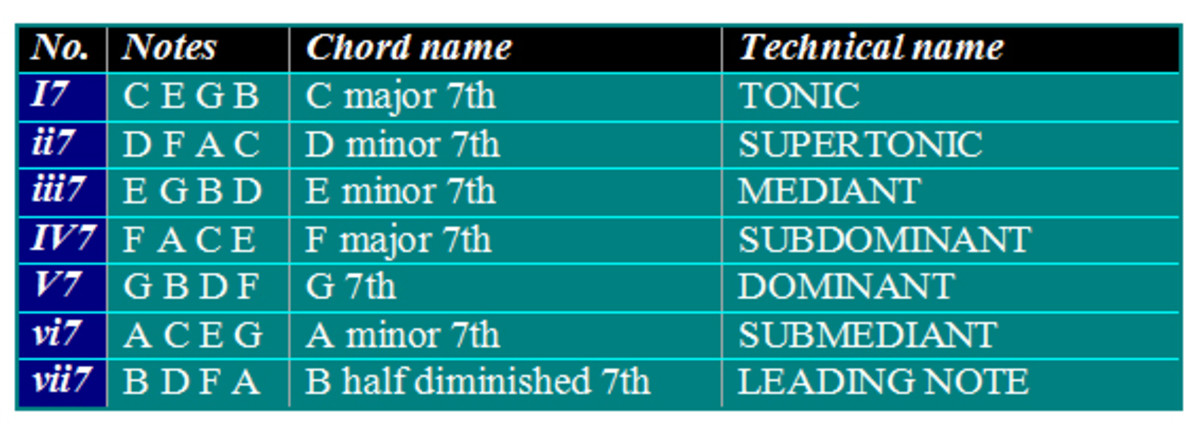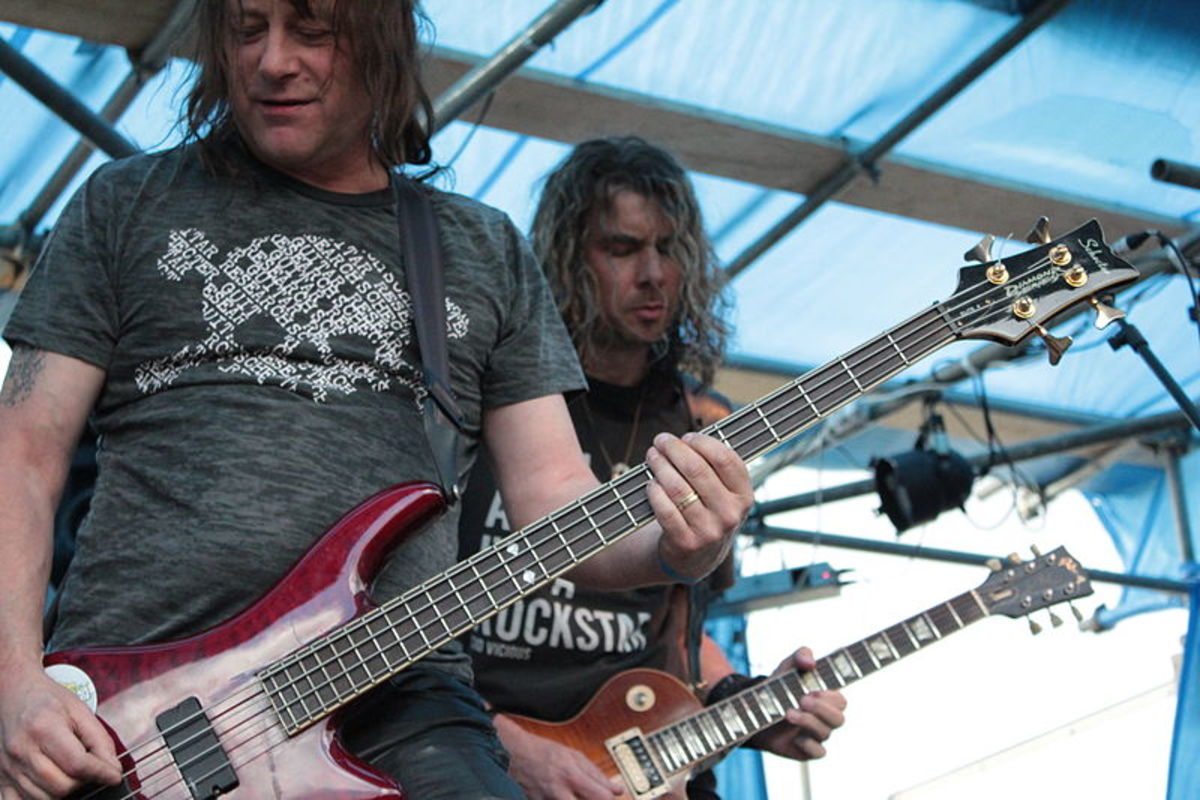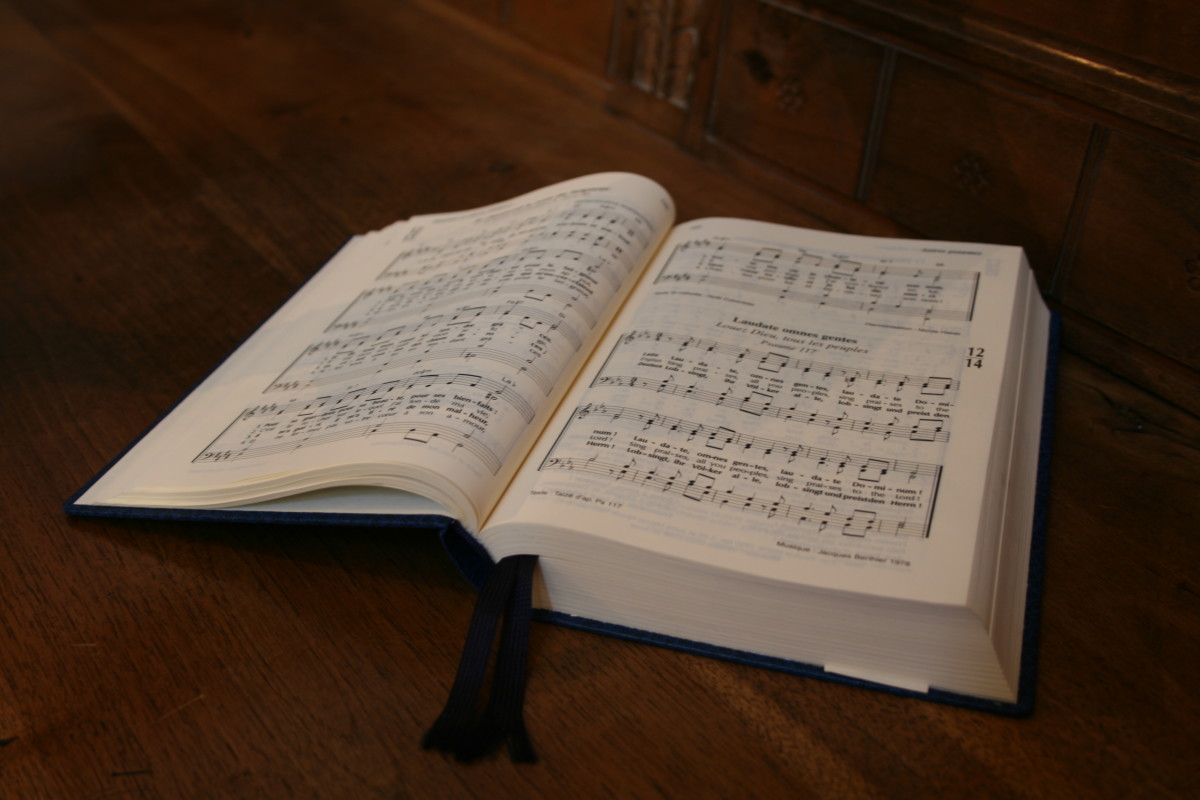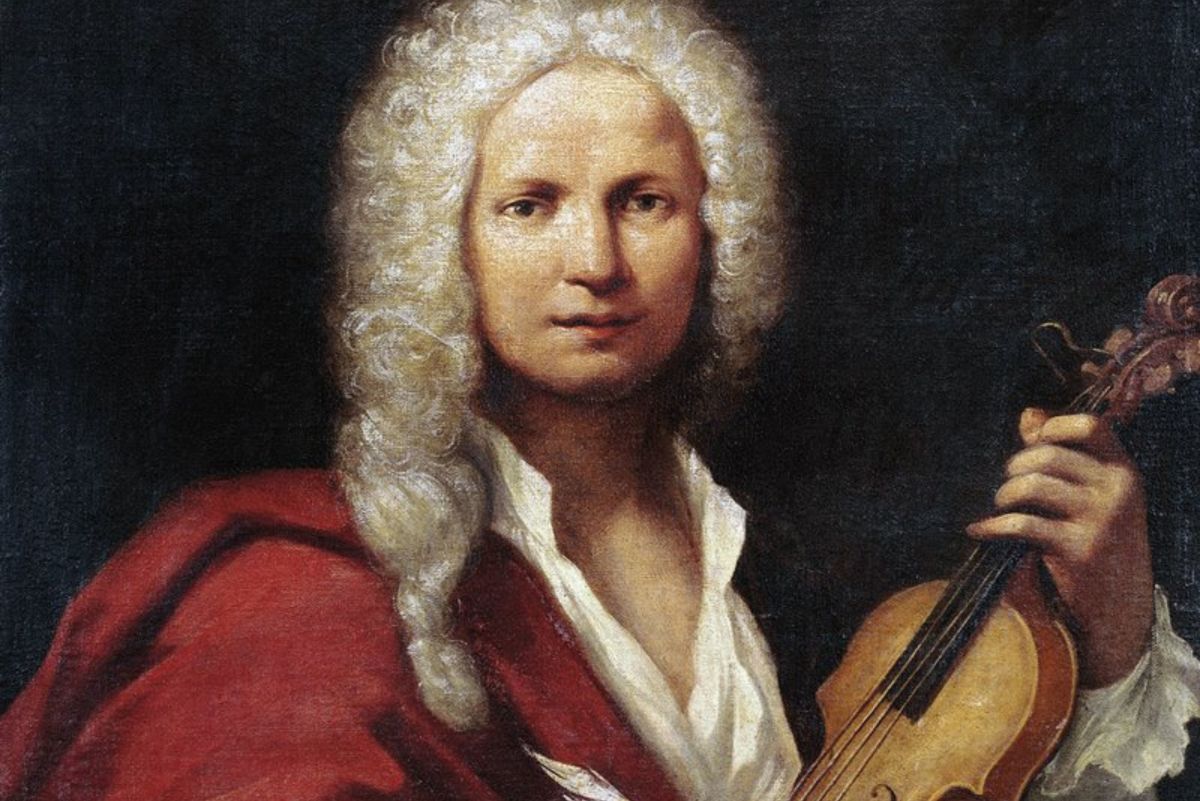How to Become a Composer Overnight (with Video Added)
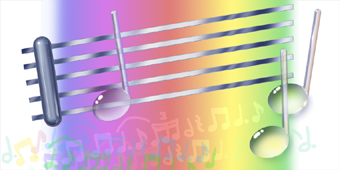
For Novices and Virtuosos Alike
This lesson can be implemented not only by a piano student or virtuoso, but by someone who has never studied the piano. Even for a first-day novice, you could be composing music by the end of the day.
I don't really recommend skipping the basics you'd find in piano lessons, because there are many important things you could learn in starting from the beginning: For example, if you don't learn how to hold your hands, or how to recognize a chord or a seventh, or how to count, or how to finger, you could develop bad habits that can inhibit your effectiveness as a piano player. But I'm offering this lesson so that you can either try it out, or keep it until you're ready. Once you have composed a masterpiece, what you learn from a piano teacher will help you to be able put your composition down on paper for posterity.
I also recommend you learn the elements of music theory. It's not prerequisite to this lesson, but if you end up enjoying music composition and theory, and if you want good and lasting results, that knowledge will help. Some of the things learned in music theory could be something you are naturally good at. For example, melodic structure for different genre or nationalities comes easily to some people. Also, you may not know what an arpeggio is, but its execution could come naturally to you.

To begin with, look at Figure 1. It shows a keyboard with letters on it. Each key has a name to represent the note it plays. Some people sing out the letters, other substitute them with - starting from "Middle C" (the one with the arrow pointing to it) - "Do, Re, Mi, Fa, Sol, La, Ti" and end on the C note with "Do," again. I don't know why they didn't call the "Do" letter A, but they've done it starting with C, so we have to live with that. For this lesson, we'll use the letters as they're shown in Fig. 1. The letters always sit in the same position all along the keyboard. For example, "C" is always just to the left of the pair of black keys.
In this lesson, I'll teach you four chords. In music, a chord is a tool that creates feeling, or "color." Think of "color" as meaning a quality or phase in a story: The story could start with the introduction, the proceed with the presentation of the problem, then present us with suspense before ending with the solution. These phases can be represented in music by using chords. Most songs we know can be reduced to the use of these four chords. If you wish to learn more chords (which include the black keys), you can do so after you get good at using these four. Most music begins with the chord that starts on C (if it's in the key of C, which all our samples here are). The principle notes in the C chord are C, E and G. Music theorists call this the "tonic" chord, or refer to it by its position in the key of C, which is the number one position, therefore, "I" (Roman numeral one). This chord presents the setting. The natural progression of the melody then goes to the chord that starts on F. The principle notes in the F chord are F, A and C. This is called the Sub-dominant Chord, or simply, "IV," for being in the 4th position from C or from the first note of the tonic chord. This chord presents the problem. The melody sometimes goes back to the I (tonic) chord, but more often or eventually it goes from IV to the chord that starts on G. The principle notes in that chord are G, B and D. This is called the dominant chord, or "V." this chord helps to present you with the suspenseful threats to whatever is being presented. This chord creates a premonition of impending resolution, and the music is not complete (usually) until the chording goes back to the tonic, or "I" again, which now smacks of having solved the problem.

Figure 2 shows the keys that make up the tonic (or I) chord. Fig. 3 shows the sub-dominant (IV), and Fig. 4 shows the dominant chord keys (V). If you were to hit the three keys that start with C (C, E & G), whether all at once, or rolling through them one at a time, you would be playing the principle keys in the tonic chord. Next, if you were to do the same thing with the no. IV chord (hitting F, A, C), you would have the beginning of a simple melody complete with the intro and the presentation of the problem. Now, hit the three principle keys of the dominant (G, B, D), then the C, or two of the C's found on the piano. You'll find you have created a melody with a beginning, a problem, a suspenseful plot, then - by hitting the C - a resolution.

As you continue doing this, you can progress to hitting some of the keys between the principle notes, to create a more interesting melody. For example, you can hit C, skip to E, go back down to D, then up to F. These will be the 1st, 3rd, 2nd and 4th notes of the tonic chord. Next hit those same numbers in the sub-dominant chord (F, A, G and B). Do the same for the dominant chord (G, B, A and C), then hit the C again to end the melody. Or, instead of hitting the C after the A (this C being the 4th note in the V chord), hit the D, so that there is a more natural resolution when you
hit the final C. The resolution of a musical piece is achieved in this manner (when you finish the melody on the first note of the tonic chord, which in this case is C). This act of repeating steps in the notes (e.g., hitting 1, 3, 2 and 4 of each chord), gives unity and theme to the melody, though you don't want to do this kind of thing very much, as it tends to get old fast. You can create different patterns in the different chords as you play them. Any variation of this pattern will work, when keeping the principle notes of each chord in mind, and if done with rhythm and purpose.

Now, use your left hand. When you use two hands, each time you progress to a new chord, let your left hand hit the first note of that chord one or two octaves down. For example, when you play notes in the tonic chord, the little finger of your left hand should hit the C that's found further to the left from where you're playing. Then, going to the IV chord, your left little finger should hit the F in that area. The same with the V chord, then the tonic chord.
Another variation can be that you hit one note in the chord and hold it two or three beats while your left hand goes through some or all of the principle notes of the chord you're playing in.
Watch It on a Video

After you become comfortable with this technique, try next, the "Dominant Seventh" chord (see Fig. 5), which will create an even stronger problem-resolution. This chord begins the same as the V chord, and has one additional note: This fourth principle note is the F, which is in the 7th position. This positioning is what gives it its name, the "V7." But when the extra F is played, it will sound stronger if played next to the G, in position #4. Progression from this chord to the tonic will create quite a climactic ending to your piece, or to the segment you are working on. The IV chord can have a seventh, but the resolution should fall back to the tonic. This progression is not as strong in its resolution.
This type of repeated progression could represent a "try-fail" loop in your story; the hero tries one thing to solve the problem, fails, then tries something else, as often as necessary, until he/she finally comes to a solution.
Well, there you have it! You are now ready to start the exercises, which from the other room will sound like the beginnings of a composed masterpiece! You can impress friends as you tickle the ivory, observing these principles, especially if they know you haven't taken any piano lessons. Oh, by the way, make sure you press the pedal on the floor that's on the right. This will help the notes to sustain their sounds, helping them to flow into each other so you won't have a choppy sound. But you have to release it then step on it again every fourth note or so, to not get so much "twanging" sounds invading the ambiance. Good Luck, and enjoy your new-found talent!
